Home>Garden Essentials>What Happens If You Plant Hybrid Seeds
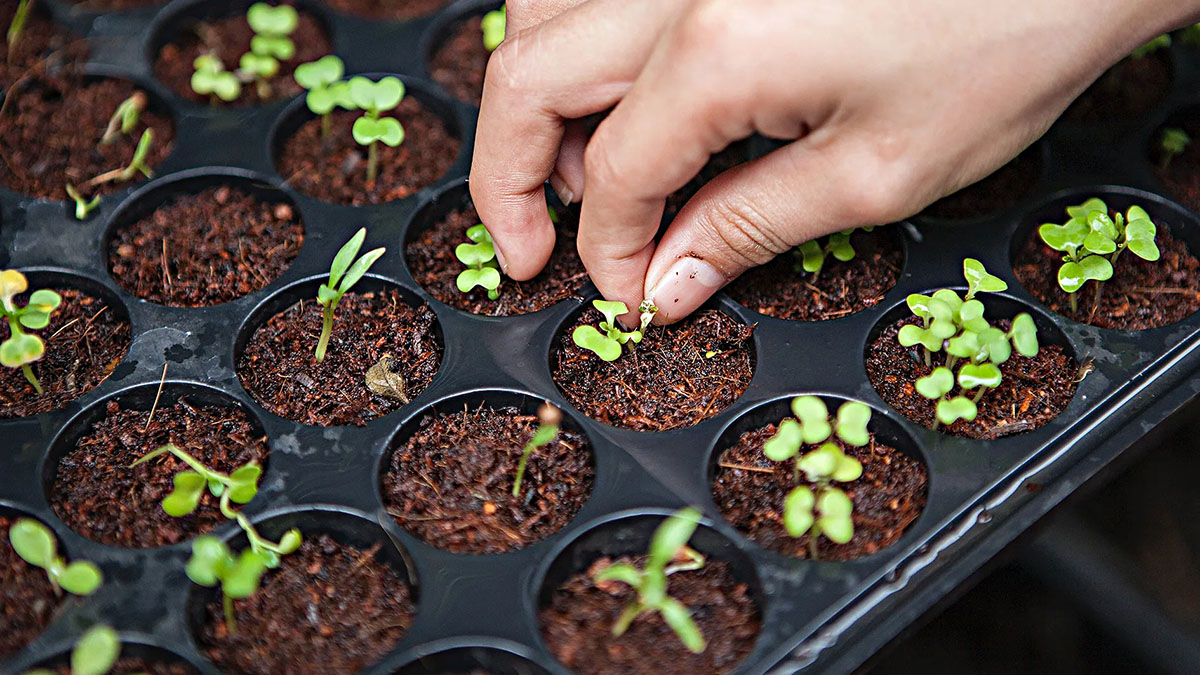

Garden Essentials
What Happens If You Plant Hybrid Seeds
Modified: March 16, 2024
Discover the fascinating world of hybrid seeds and their impact on your garden. Learn what happens when you plant hybrid seeds and unlock the potential of your green space.
(Many of the links in this article redirect to a specific reviewed product. Your purchase of these products through affiliate links helps to generate commission for Storables.com, at no extra cost. Learn more)
Introduction
Welcome to the fascinating world of hybrid seeds! If you’re an avid gardener or even a gardening enthusiast, you’ve likely come across the term “hybrid seeds” while exploring different varieties of plants. Hybrid seeds have become increasingly popular among gardeners due to their unique characteristics and benefits.
In this article, we’ll take a closer look at what hybrid seeds are, the benefits and drawbacks of planting them, how to plant and care for hybrid plants, as well as how to harvest and store their seeds. By the end, you’ll have a comprehensive understanding of hybrid seeds and be well-equipped to experiment with these marvelous seeds in your garden.
So, let’s dive in and explore the captivating realm of hybrid seeds!
Key Takeaways:
- Hybrid seeds offer improved traits like disease resistance and higher yields, but may not produce consistent offspring. They’re a fun and diverse option for gardeners, but require careful consideration and proper storage.
- Planting, caring for, and harvesting hybrid seeds can be a rewarding and educational experience, connecting gardeners with the wonder of nature’s creativity. Proper care and storage ensure their viability for future planting.
Read more: What Are Hybrid Seeds
What are Hybrid Seeds?
Hybrid seeds are created through controlled cross-pollination of two distinct parent plants. This process aims to combine desirable traits from each parent plant to create offspring with improved characteristics. The parent plants are carefully selected based on traits such as disease resistance, high yield, improved flavor, or vibrant blooms.
Unlike open-pollinated seeds, which result from natural pollination, hybrid seeds are produced by deliberately controlling the pollination process. This allows breeders to create plants that exhibit specific traits and qualities.
Hybrid seeds are denoted by the label “F1,” which stands for “first filial generation.” This signifies that the seeds are the result of the initial cross between two distinct parent plants. It’s important to note that the offspring of hybrid seeds do not produce true-to-type or stable seeds. When saved, subsequent generations of hybrid seeds may exhibit unpredictable traits, as they can be a mix of the characteristics of the parent plants.
Hybrid seeds are available for a wide variety of plants, including vegetables, fruits, flowers, and even ornamental plants. They offer gardeners the opportunity to grow plants with enhanced characteristics, such as disease resistance, uniformity in size and shape, increased productivity, and improved taste or fragrance.
Now that we understand what hybrid seeds are, let’s explore the benefits they offer to gardeners.
Benefits of Planting Hybrid Seeds
Planting hybrid seeds comes with several advantages that make them a popular choice among gardeners. Let’s take a closer look at some of the key benefits:
- Improved Characteristics: Hybrid seeds are specifically bred to exhibit desirable traits such as disease resistance, high yield, and improved taste or fragrance. This means you can enjoy plants that are more resilient to pests and diseases, ensuring a healthier and more abundant harvest.
- Uniformity: Hybrid seeds often produce plants that are more uniform in size, shape, and color. This can be particularly beneficial for commercial growers who require consistent products for market purposes. It also provides a visually pleasing and well-organized garden aesthetic.
- Higher Yield: Hybrid plants are typically bred to produce higher yields compared to their non-hybrid counterparts. This means you can enjoy a bountiful harvest, whether you’re growing vegetables, fruits, or flowers.
- Extended Harvest Season: Some hybrid seeds are designed to have an extended harvest season. This means you’ll have a longer window of time to enjoy fresh produce from your garden.
- Improved Disease Resistance: Hybrid seeds often possess enhanced disease resistance, making them more resilient against common garden pests and diseases. This can reduce the need for pesticides and allow for healthier, chemical-free gardening practices.
- Enhanced Adaptability: Hybrid seeds are bred to be adaptable to various growing conditions, climates, and soil types. This makes them suitable for a wider range of locations, allowing more gardeners to successfully grow their desired plants.
These are just a few of the benefits that come with planting hybrid seeds. However, it’s important to understand that there are also some drawbacks associated with hybrid seeds, which we’ll explore in the next section.
Drawbacks of Planting Hybrid Seeds
While hybrid seeds offer many advantages, it’s essential to consider the potential drawbacks that come with planting them. Here are a few points to keep in mind:
- Limited Seed Saving: Unlike open-pollinated seeds, saving hybrid seeds may not result in plants with the same characteristics as the parent hybrid plants. The subsequent generations of saved hybrid seeds may exhibit varied traits, making it challenging to maintain consistency in your garden. This means that you may need to purchase new hybrid seeds each growing season.
- Higher Cost: Hybrid seeds are often more expensive than open-pollinated or heirloom seeds. This is because of the extensive cross-breeding and selection process required to produce the desired traits. If you have a large garden or plan to grow a wide variety of plants, the cost of purchasing hybrid seeds can add up quickly.
- Dependency on Breeders: Hybrid seeds are developed by breeders who carefully select the parent plants and control the cross-pollination process. This means that gardeners are reliant on seed companies and breeders to access hybrid seeds. The selection of available hybrid varieties may be limited compared to open-pollinated or heirloom seeds.
- Lack of Genetic Diversity: With hybrid seeds, the genetic diversity of plant species can be reduced. This is because the breeding process focuses on specific desirable traits, potentially sacrificing the wider genetic pool found in naturally occurring plants. This reduction in genetic diversity can have implications for long-term plant health and adaptability.
It’s important to weigh these drawbacks against the benefits when considering whether to plant hybrid seeds in your garden. For some gardeners, the advantages may outweigh the disadvantages, while others may prefer to focus on open-pollinated or heirloom seeds to maintain genetic diversity and seed-saving capabilities.
Now that we’ve explored the benefits and drawbacks of hybrid seeds, let’s dive into how to properly plant them in your garden.
How to Plant Hybrid Seeds
Planting hybrid seeds is a relatively straightforward process that follows similar guidelines to planting other types of seeds. To ensure successful germination and growth, follow these steps:
- Choose Quality Seeds: When purchasing hybrid seeds, make sure to buy them from reputable seed companies or nurseries. Look for seeds that are labeled as fresh and have a high germination rate.
- Prepare the Soil: Prepare your garden bed or container by loosening the soil and removing any weeds or debris. Amend the soil with compost or organic matter to improve fertility and drainage.
- Check Planting Time: Each plant has its optimal planting time. Refer to the seed packet or consult gardening resources to determine the appropriate planting time for your specific hybrid seeds.
- Sow the Seeds: Create furrows or small holes in the soil according to the recommended planting depth mentioned on the seed packet. Place the hybrid seeds in the furrows, leaving adequate space between each seed to allow for proper growth. Gently cover the seeds with soil and lightly pat it down.
- Provide Adequate Water: After sowing the seeds, water the planted area gently but thoroughly. Keep the soil consistently moist but not waterlogged throughout the germination and growing process. Avoid overhead watering, as it can lead to disease issues.
- Optimal Temperature and Sunlight: Most hybrid seeds require specific temperature and sunlight conditions for germination. Ensure that your planting area meets these requirements. If needed, provide additional protection or shade to create the ideal environment for germination and growth.
- Monitor and Maintain: Regularly monitor the planted area for signs of growth, and remove any weeds that may compete for nutrients. Follow recommended spacing guidelines to provide sufficient room for the hybrid plants to grow and develop properly.
- Offer Support if Needed: Some hybrid plants, such as indeterminate tomatoes or climbing roses, may require support structures like stakes or trellises. Install these supports in a timely manner to provide stability and prevent damage to the plants as they grow.
- Apply Fertilizer: Depending on the specific hybrid plant, it may benefit from periodic applications of fertilizers. Refer to the plant’s nutritional requirements and apply appropriate fertilizers as needed to promote healthy growth and maximize yield.
- Practice Good Garden Hygiene: Maintain a clean and tidy garden environment by regularly removing debris, fallen leaves, or diseased plant material. This helps prevent the spread of pests and diseases that can affect hybrid plants.
By following these steps, you can give your hybrid seeds the best chance of successful germination and growth. Remember to adjust the care and maintenance practices based on the specific requirements of the hybrid plants you are growing.
Next, let’s delve into the care and maintenance needed to ensure healthy development for your hybrid plants.
When planting hybrid seeds, make sure to follow the specific planting instructions provided by the seed company. Hybrids may have different requirements for spacing, soil type, and sunlight, so it’s important to follow the guidelines for best results.
Care and Maintenance of Hybrid Plants
Proper care and maintenance are essential for the healthy development and longevity of hybrid plants. By following these guidelines, you can help your hybrid plants thrive:
- Watering: Regular and consistent watering is crucial for hybrid plants. Monitor the moisture level of the soil and ensure it remains consistently moist. Water deeply at the base of the plants to encourage strong root development and avoid wetting the foliage excessively, as it can promote disease.
- Fertilization: Hybrid plants benefit from regular feeding to support their growth and productivity. Apply a balanced and slow-release fertilizer according to the plant’s specific requirements. Follow the recommended dosage and timing to avoid over-fertilization, which can lead to nutrient imbalances or burn the plants.
- Weeding: Keep the surrounding area free from weeds, as they can compete with hybrid plants for nutrients, water, and sunlight. Regularly remove any weeds that emerge to ensure that your hybrid plants receive the necessary resources for optimal growth.
- Pruning: Depending on the type of hybrid plant, pruning may be necessary to promote better airflow, shape the plant, or remove diseased or damaged parts. Follow proper pruning techniques and timing specific to each plant variety to maintain its health and appearance.
- Support and Staking: Some hybrid plants, such as tall flowers or vining vegetables, may require support or staking to prevent them from bending, breaking, or sprawling. Install stakes, trellises, or cages as needed to provide necessary support and maintain the plant’s structure.
- Pest and Disease Management: Monitor your hybrid plants regularly for signs of pests or diseases. Take prompt action at the first sign of trouble by utilizing organic pest control methods or appropriate treatments to prevent further damage. Maintaining good garden hygiene and removing diseased plant material can also help prevent the spread of diseases.
- Mulching: Applying a layer of organic mulch around your hybrid plants helps regulate soil temperature, conserves moisture, and suppresses weed growth. Mulching also adds valuable organic matter to the soil as it breaks down over time.
- Maintain Adequate Space: Ensure that your hybrid plants have sufficient space to grow and receive adequate sunlight, air circulation, and nutrients. Proper spacing between plants prevents overcrowding and reduces the risk of disease spread.
- Regular Inspection: Regularly inspect your hybrid plants for any signs of stress, nutrient deficiencies, or abnormalities. Catching issues early on allows for timely intervention and corrective measures to maintain the plants’ health.
By providing proper care, attention, and maintenance throughout the growing season, you can help your hybrid plants thrive and achieve their full potential. With these practices in place, you’ll be rewarded with healthy, vibrant, and productive plants in your garden.
Now that we’ve covered the care and maintenance of hybrid plants, let’s move on to the next step: harvesting and saving hybrid seeds for future planting.
Harvesting Hybrid Seeds
Harvesting seeds from your hybrid plants allows you to save and replant them in the future. While hybrid seeds may not produce offspring that are true to type, harvesting their seeds can still be a fun and educational experience. Here’s a step-by-step guide to harvesting hybrid seeds:
- Choose Mature and Healthy Plants: Select healthy hybrid plants that have reached maturity. These plants should have gone through the full lifecycle, producing flowers and developing seeds.
- Allow Seeds to Fully Ripen: Let the seeds develop on the plants until they are fully mature and begin to dry out. You may notice changes in color or a hardening of the seed pods or fruits. This indicates that the seeds are ready for harvesting.
- Protect Seeds from Cross-Pollination: To prevent cross-pollination with other varieties, consider bagging the seed heads or using other isolation techniques. This ensures that the seeds you harvest are from the specific hybrid plants you want to save.
- Collect the Seeds: Once the seeds have ripened, carefully remove them from the plants. Depending on the plant, this may involve collecting seed pods, fruits, or individual seeds. Be gentle to avoid damaging the seeds during the collection process.
- Remove Debris and Dry the Seeds: Clean the harvested seeds by removing any remaining debris or chaff. Spread the seeds out on a clean and dry surface, such as a paper towel or a plate, and let them air dry completely. This process usually takes a week or two, depending on the size and moisture content of the seeds.
- Store the Seeds Properly: Once the seeds are thoroughly dried, transfer them to airtight containers such as glass jars or seed envelopes. Label the containers with the plant variety, date of harvest, and any other relevant information. Store the seeds in a cool, dry, and dark place, such as a refrigerator or a seed storage box, to maintain their viability for future use.
While hybrid seeds may not produce true-to-type offspring, saving and replanting them can still yield interesting and diverse results. It’s a great opportunity to experiment and observe the variations that may occur in the succeeding generations.
Remember that hybrid seeds are typically more stable and consistent in their traits in the initial generation (F1). As subsequent generations progress, there may be greater variability due to genetic recombination.
By practicing seed saving, you can foster a deeper connection with the plants in your garden and gain a greater understanding of the intricate process of seed development and reproduction.
Now that we have covered the process of harvesting hybrid seeds, let’s move on to the importance of saving and storing them properly.
Saving and Storing Hybrid Seeds
Proper storage is key to maintaining the viability of hybrid seeds for future planting. While hybrid seeds may not produce offspring that are true to type, saving and storing them correctly ensures that they remain viable and ready for experimentation or future garden projects. Here are some important steps to follow when saving and storing hybrid seeds:
- Select Fully Mature Seeds: When harvesting hybrid seeds, choose seeds from fully mature plants that have undergone the complete seed development process. Avoid using seeds from underdeveloped or diseased plants.
- Thoroughly Dry the Seeds: Before storing, ensure that the seeds are completely dry to prevent moisture-related damage and the potential for mold or fungal growth. Place the seeds in a well-ventilated area and allow them to air dry for several weeks until they are brittle and easily breakable.
- Label and Organize: Proper labeling is essential for keeping track of hybrid seeds. Label each seed packet or container with the plant variety, date of harvest, and any relevant notes or observations. This information will be helpful when it’s time to plant the seeds in the future.
- Choose Suitable Containers: Transfer the dried hybrid seeds into airtight containers, such as glass jars or resealable plastic bags, to protect them from moisture and pests. Ensure that the containers are clean, dry, and free from any remnants of previous seeds to prevent cross-contamination.
- Store in Optimal Conditions: Store the containers of hybrid seeds in a cool, dark, and dry place. The ideal storage temperature is around 40-50°F (4-10°C), as lower temperatures help prolong seed viability. Avoid storing seeds in areas prone to temperature fluctuations, such as garages or attics.
- Regularly Check for Viability: Periodically check the stored hybrid seeds for viability by conducting germination tests. Place a few seeds on a damp paper towel or in a seed tray with moist soil and observe how many successfully germinate. If the germination rate declines significantly, it may be time to replenish the stored seeds with fresher ones.
- Rotate Seeds: To maintain a healthy gene pool and avoid loss of vigor, it is advisable to rotate seeds after a few years. This means replenishing the stored hybrid seeds with new seeds from different batches or sources.
- Share and Exchange: Consider sharing or exchanging your saved hybrid seeds with other gardeners. This not only promotes diversity but also allows for the acquisition of new and unique hybrid varieties to grow in your garden.
By following these steps, you can ensure that your saved hybrid seeds remain in optimal condition, ready to be planted in the future. While hybrid seeds may not produce consistent results, embracing the unpredictability and exploring the variations can add excitement and discovery to your gardening journey.
Now that we’ve covered the process of saving and storing hybrid seeds, let’s wrap up our journey into the captivating world of hybrid gardening.
Conclusion
Exploring the realm of hybrid seeds has given us a deeper understanding of the incredible potential and possibilities they offer to gardeners. From their enhanced characteristics to bountiful harvests, hybrid seeds have become a valuable resource in the gardening world.
While hybrid seeds may not produce true-to-type offspring in subsequent generations, their initial benefits, such as improved disease resistance, higher yields, and uniformity, make them a popular choice for many gardeners. Their adaptability to various growing conditions and extended harvest seasons further add to their appeal.
However, it’s important to consider the drawbacks of hybrid seeds, such as limited seed-saving capabilities and higher costs. These factors may influence your decision when choosing between hybrid, open-pollinated, or heirloom seeds for your garden.
By following the proper techniques for planting, caring for, and maintaining hybrid plants, you can ensure their healthy development and maximize their growth potential. Regular monitoring and proactive pest and disease management contribute to the overall success of your hybrid garden.
Harvesting and saving hybrid seeds not only provides an opportunity for experimentation and diversity but also connects us with the intricate cycle of plant reproduction. While the resulting offspring may exhibit variations, the process of seed saving allows us to immerse ourselves in the wonder of nature’s creativity.
Remember to store your hybrid seeds correctly, using airtight containers in a cool and dry location, to maintain their viability for future planting. Regularly checking the seed’s viability and rotating the saved seeds will help ensure a healthy gene pool and continued success in your gardening endeavors.
Whether you choose to embrace the benefits of hybrid seeds or explore other seed options, the journey of gardening is filled with discovery, experimentation, and the joy of nurturing nature’s wonders. So, venture forth into your garden, armed with the knowledge of hybrid seeds, and let your green thumb flourish!
Frequently Asked Questions about What Happens If You Plant Hybrid Seeds
Was this page helpful?
At Storables.com, we guarantee accurate and reliable information. Our content, validated by Expert Board Contributors, is crafted following stringent Editorial Policies. We're committed to providing you with well-researched, expert-backed insights for all your informational needs.
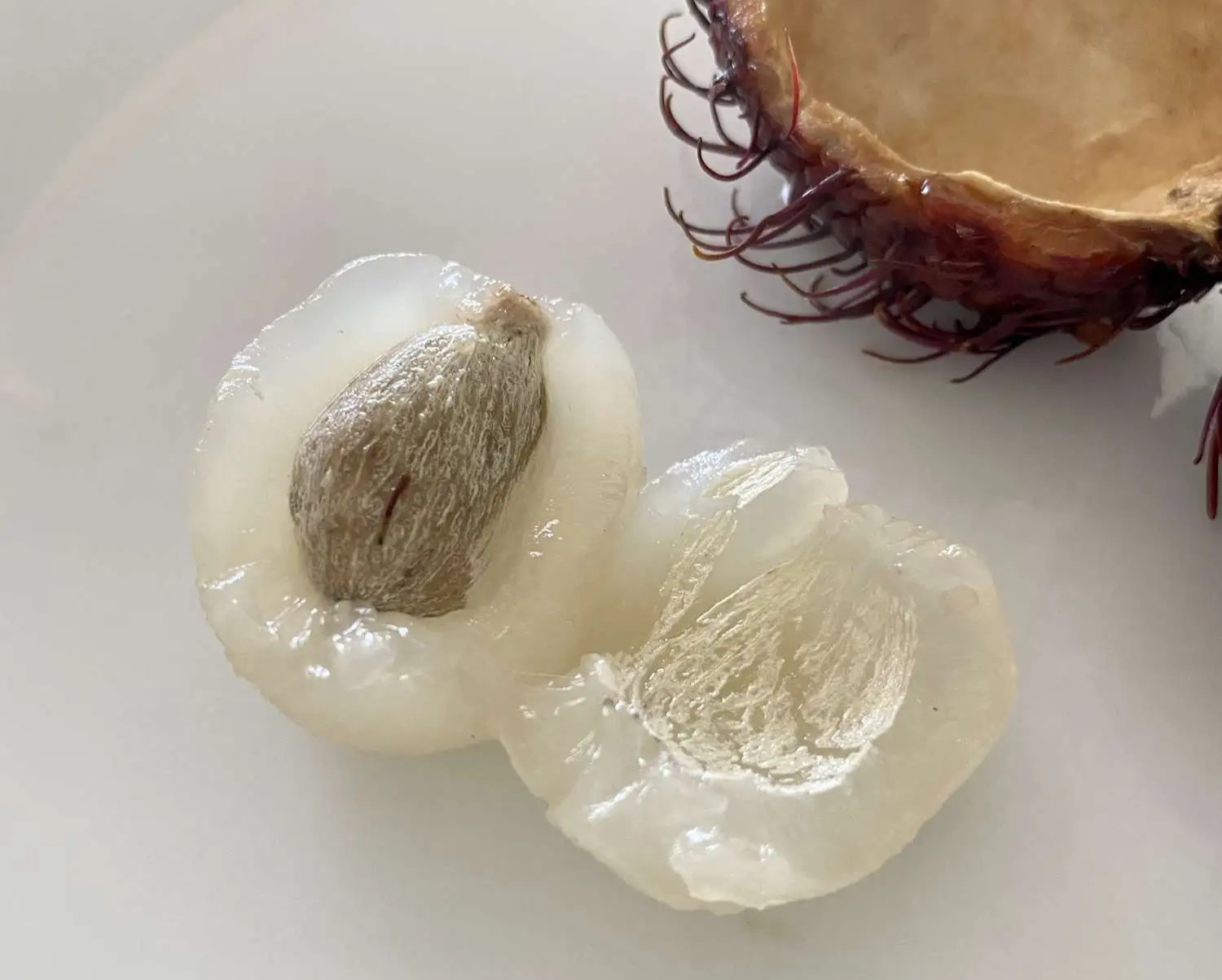
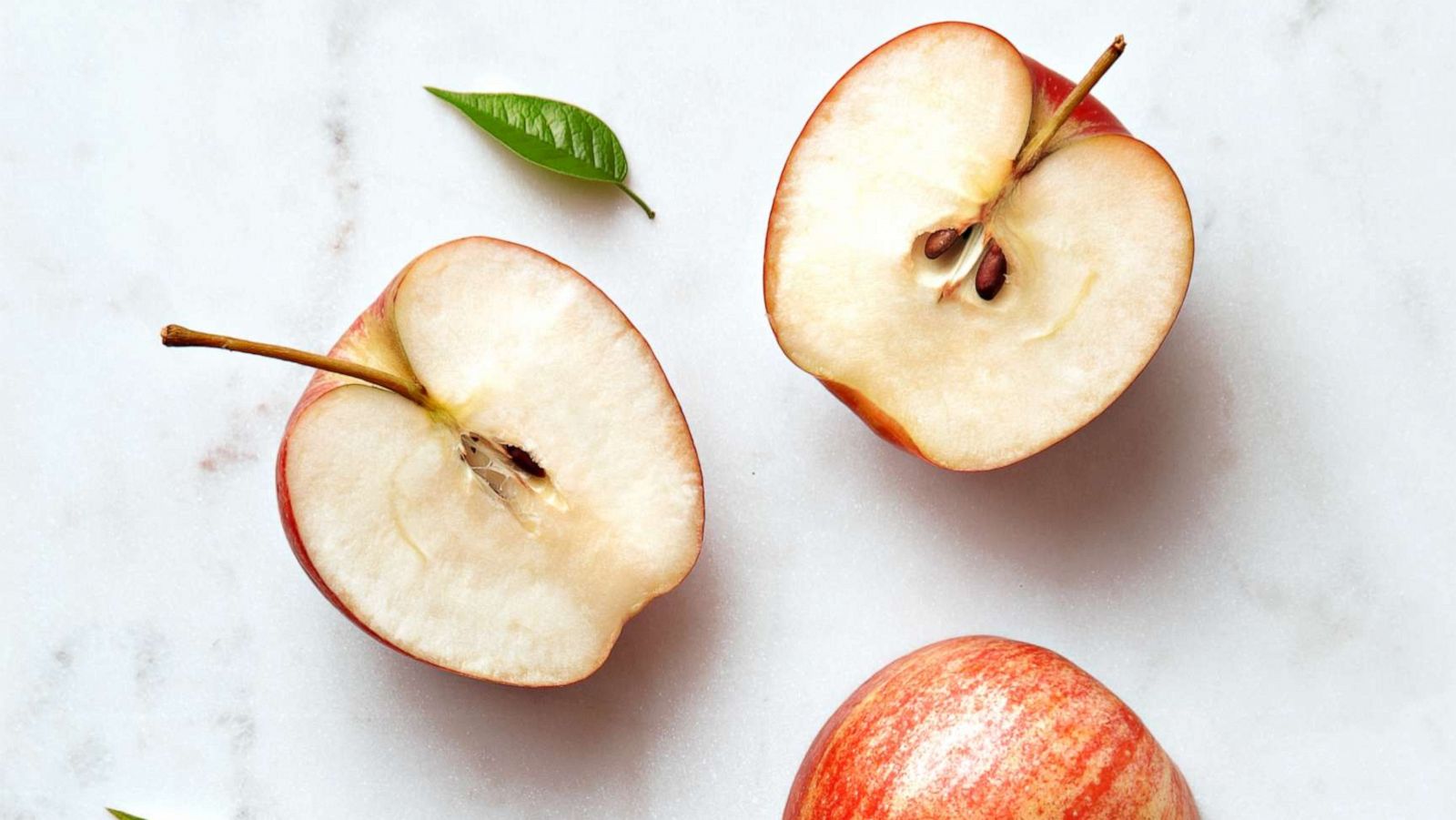
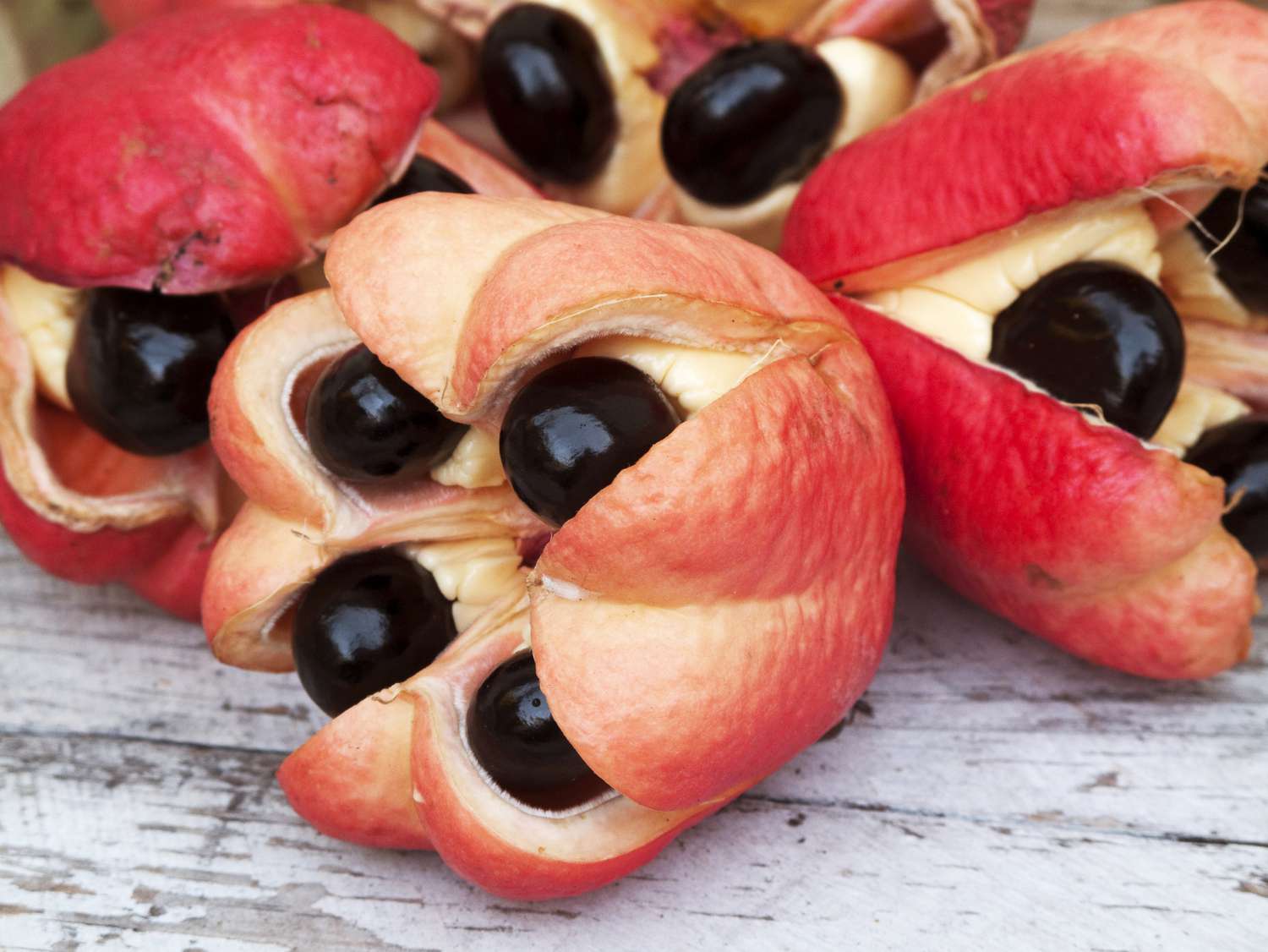
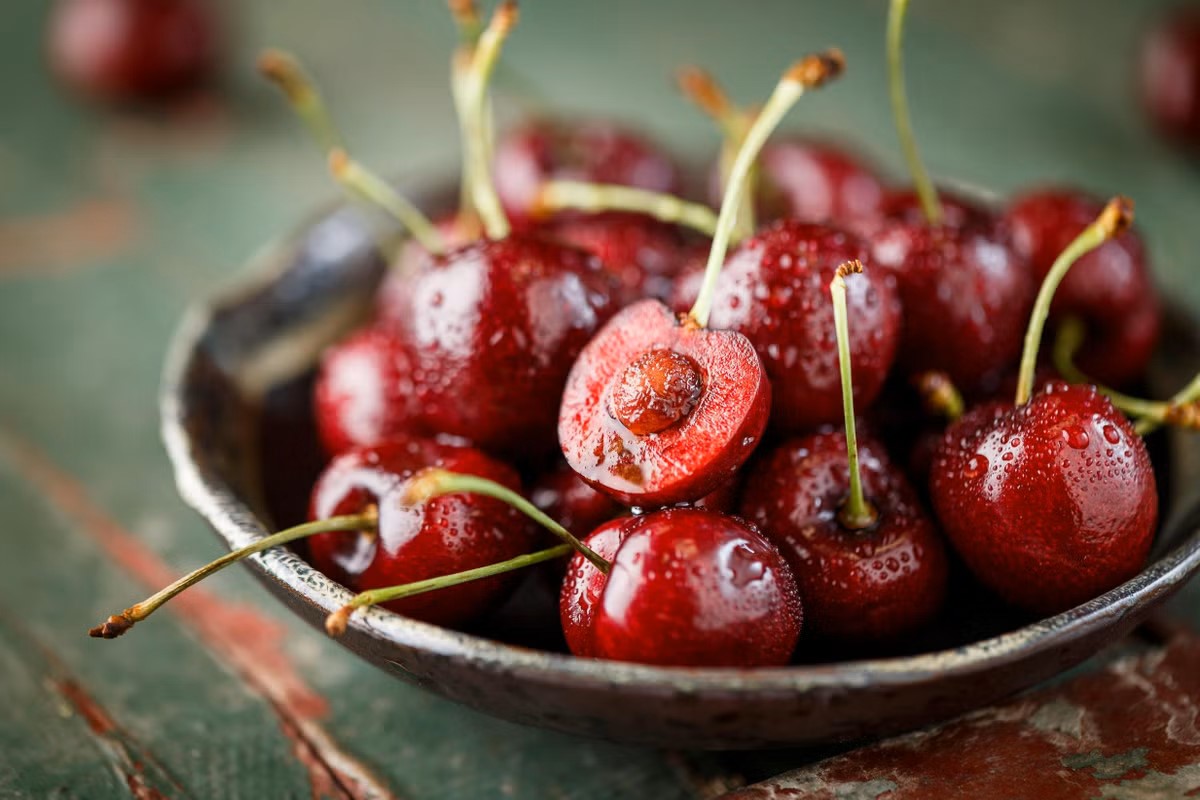
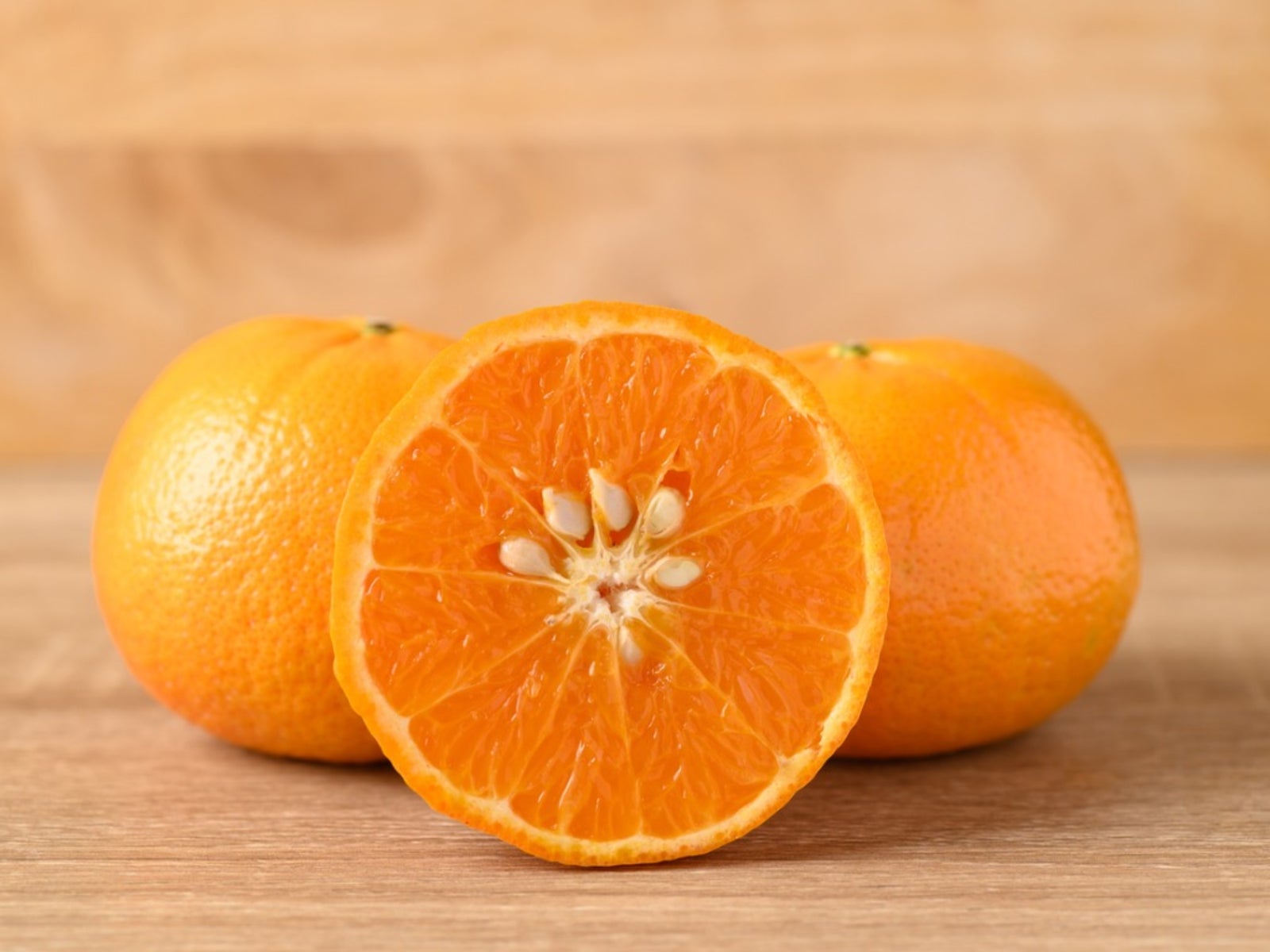
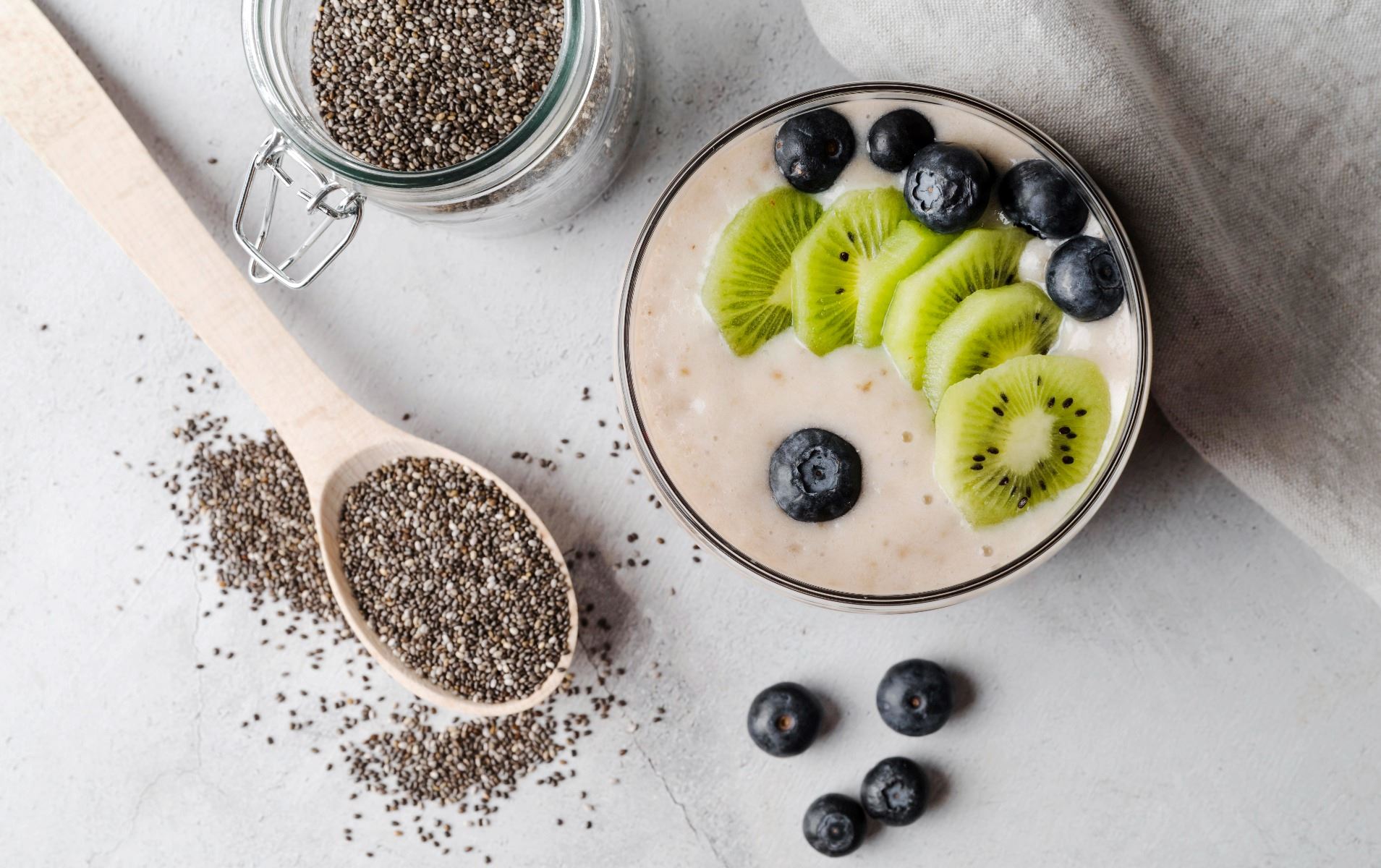
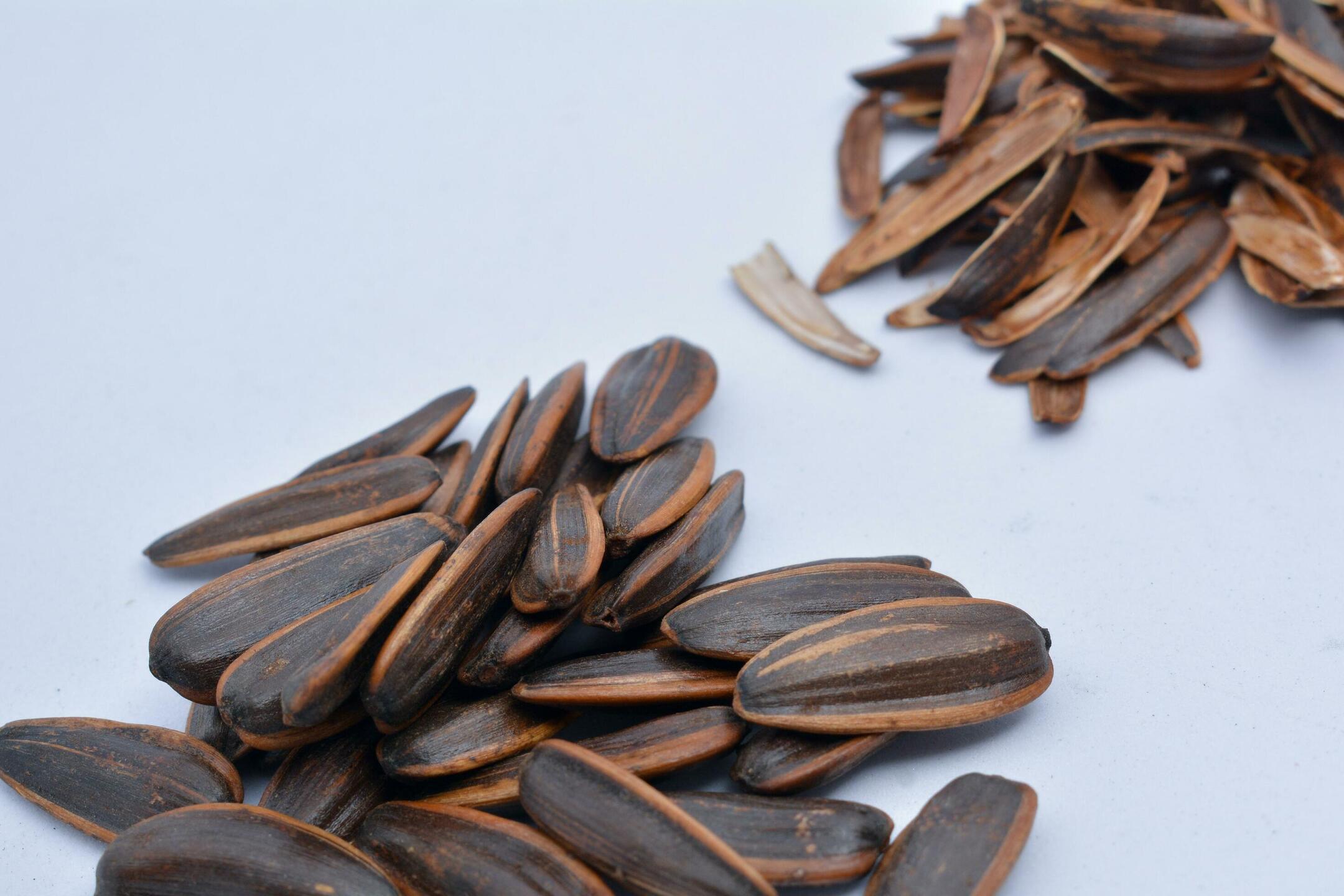
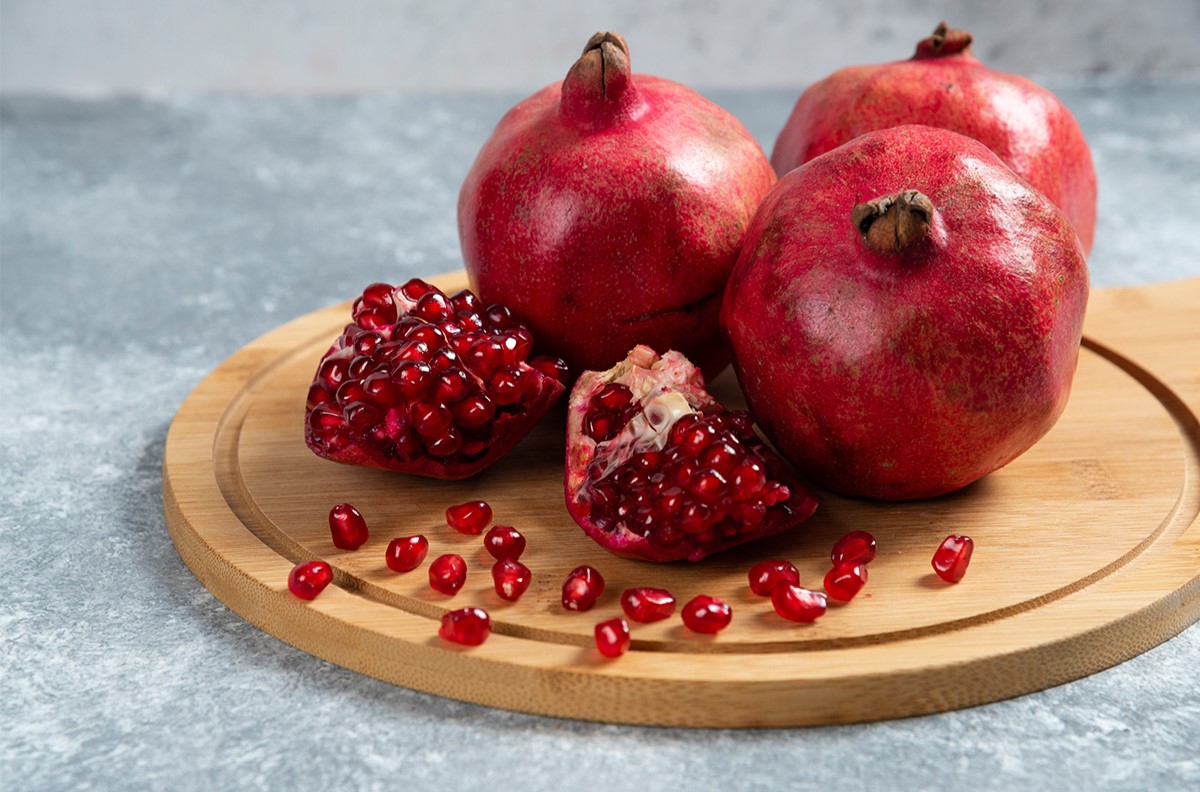
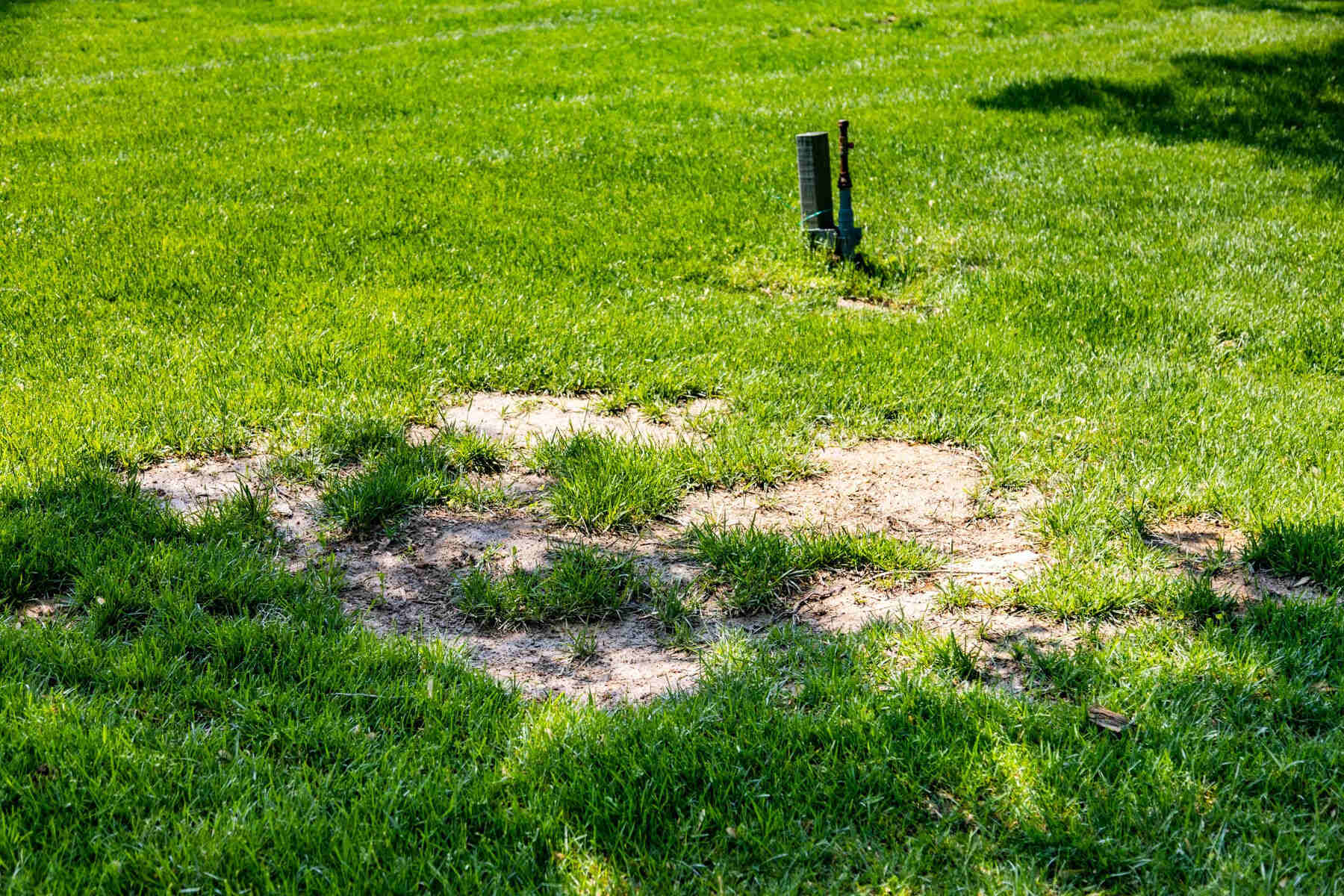
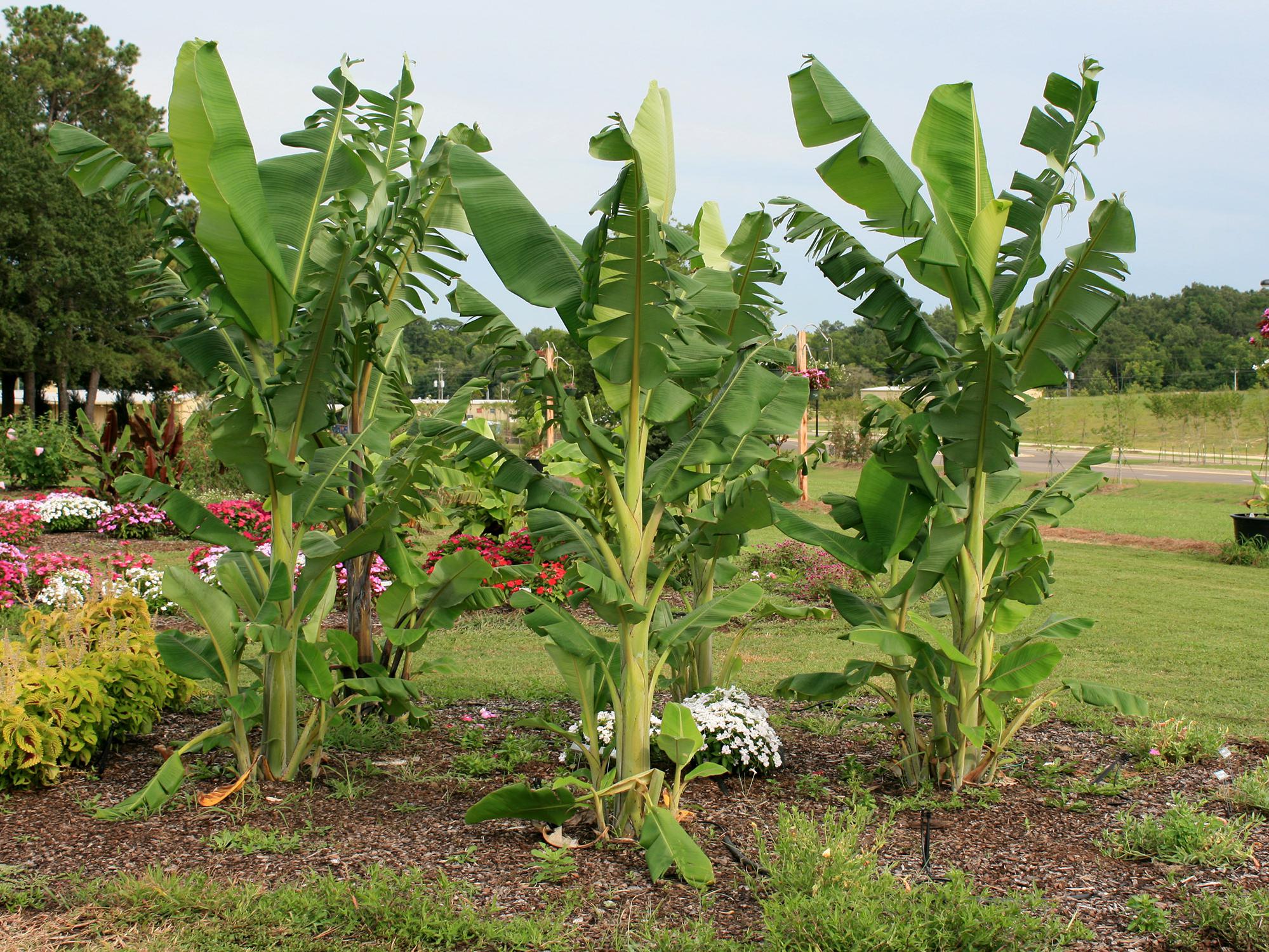
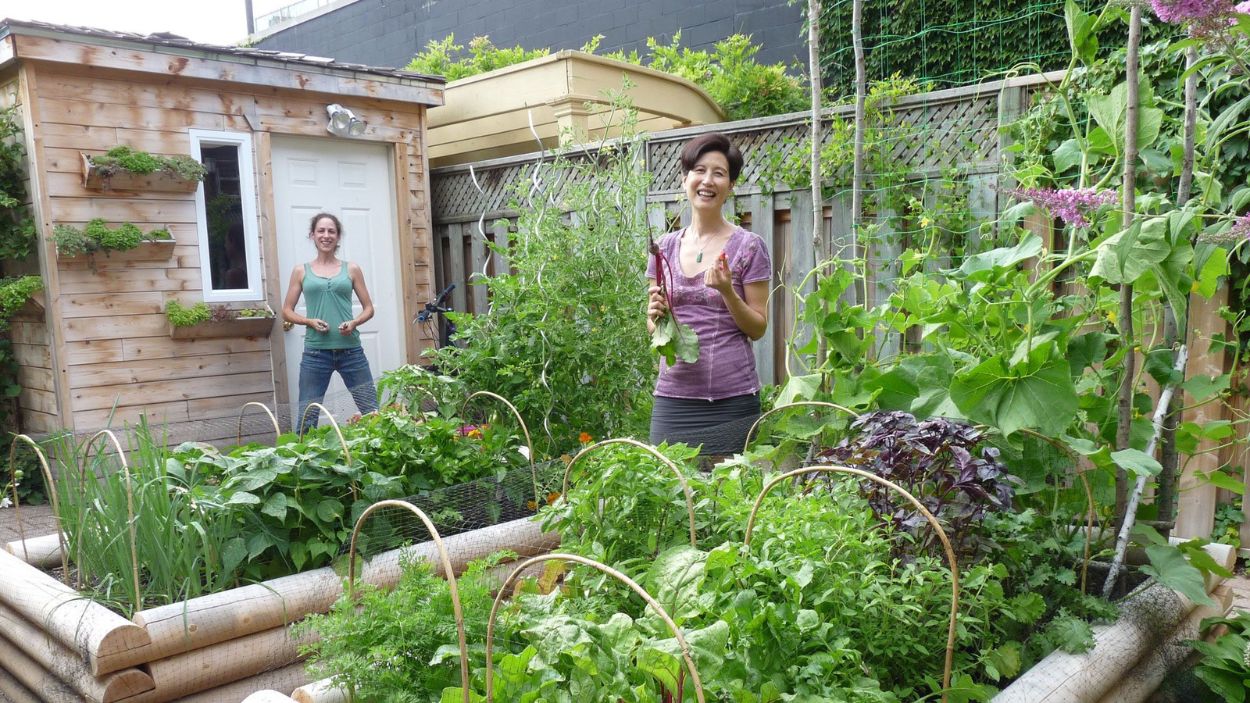
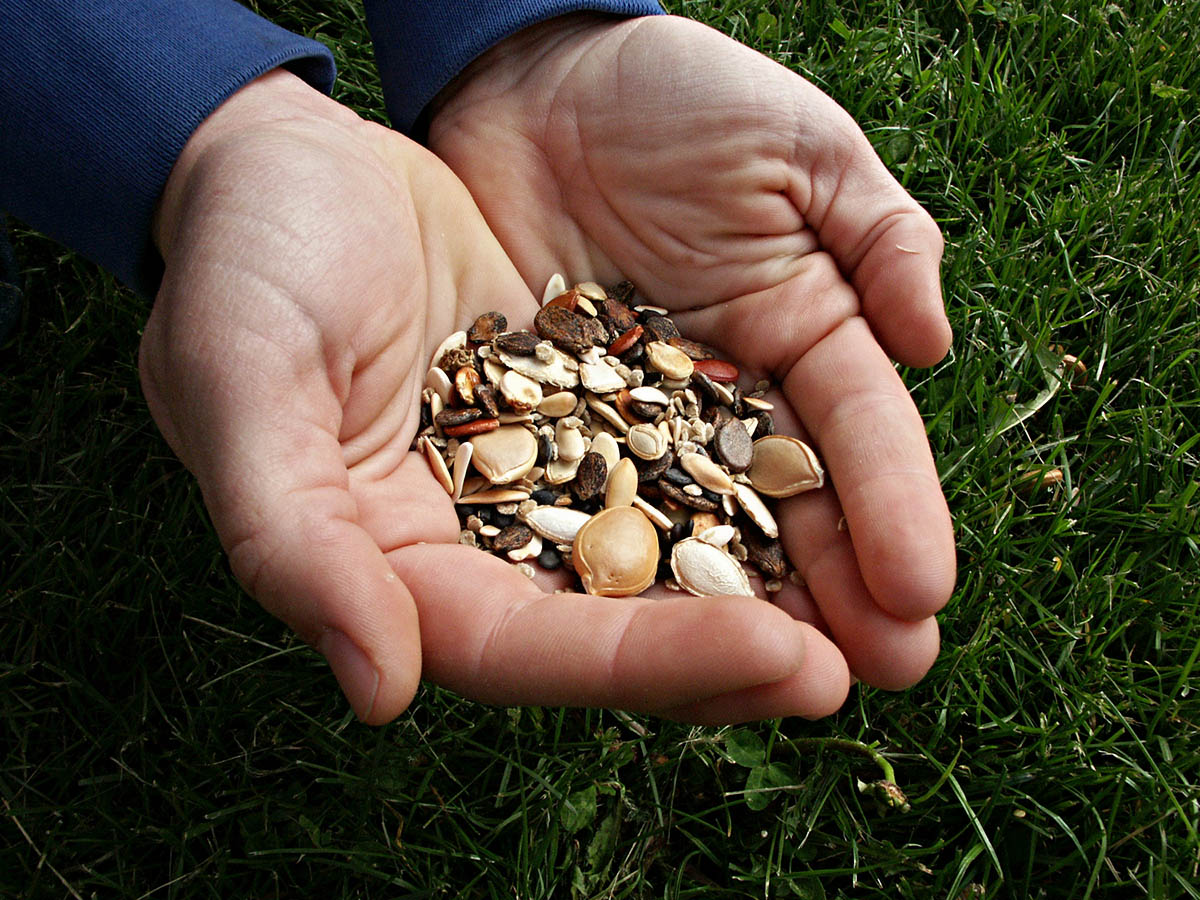
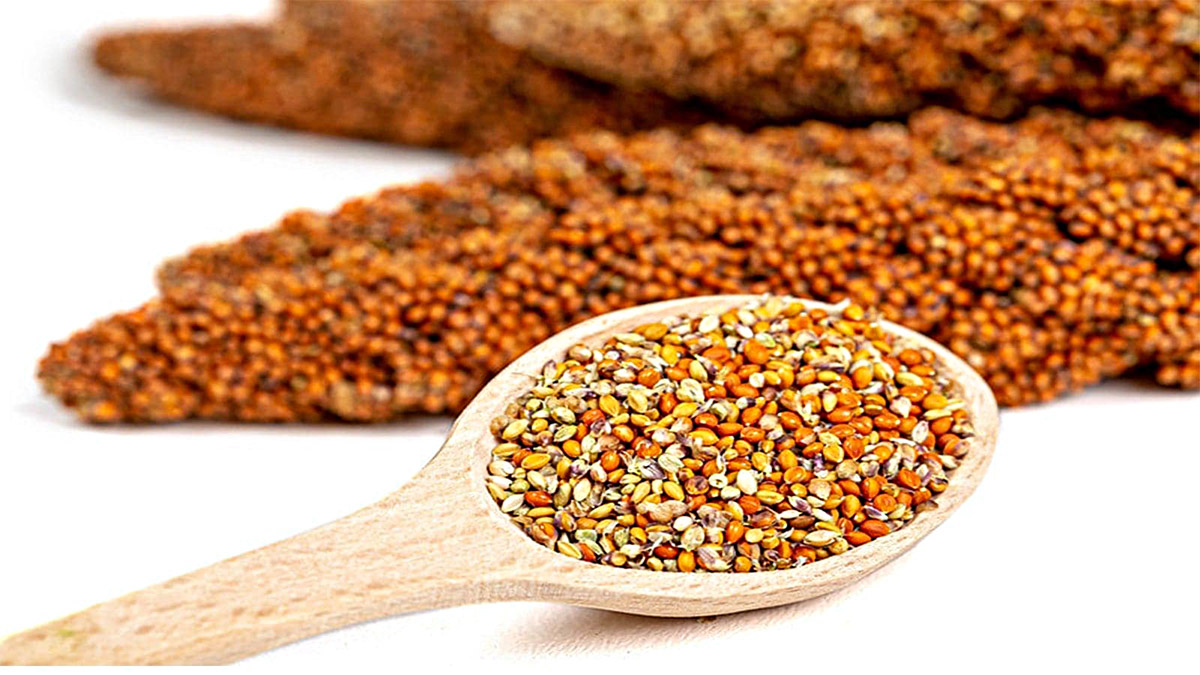
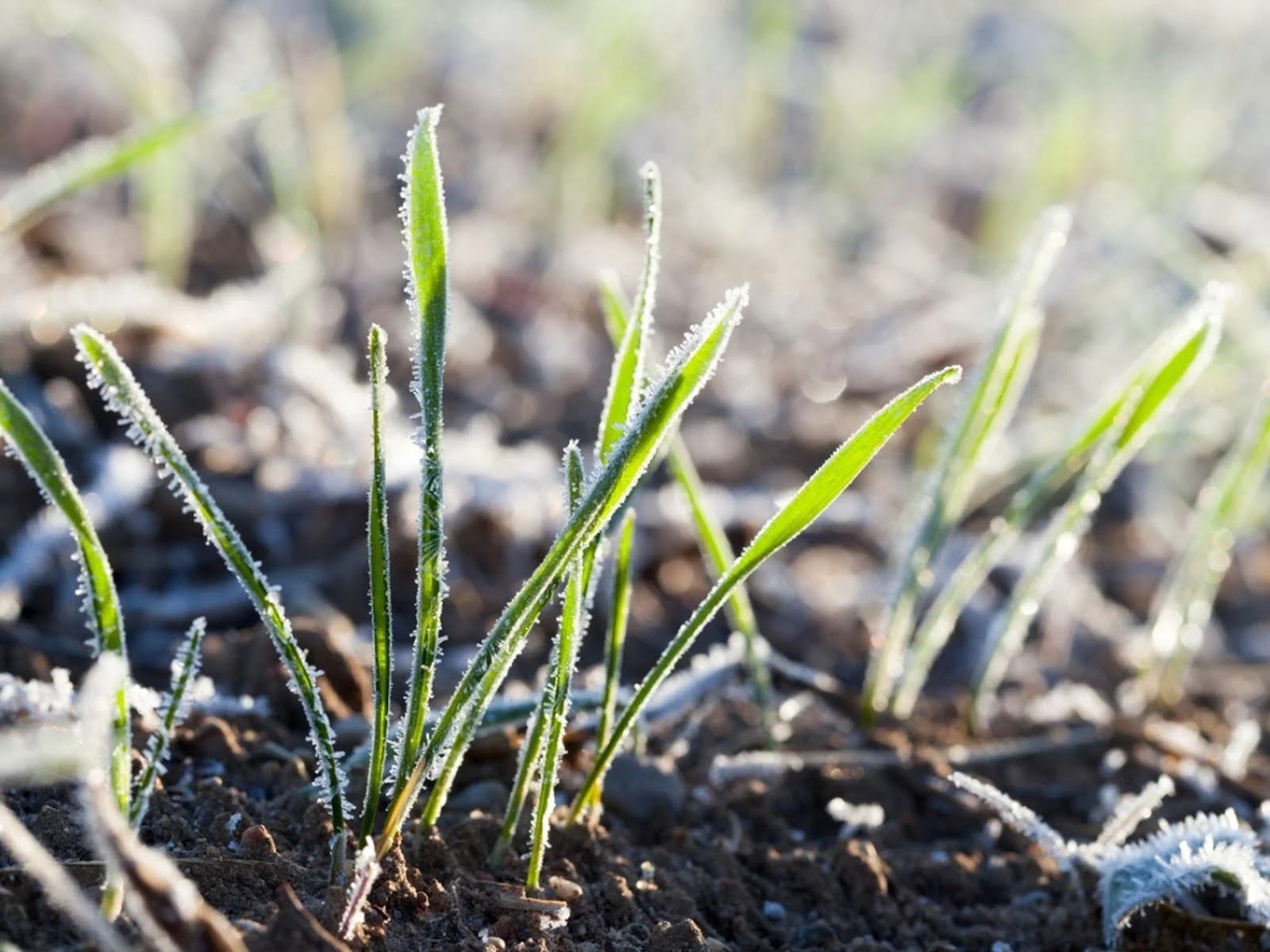

0 thoughts on “What Happens If You Plant Hybrid Seeds”